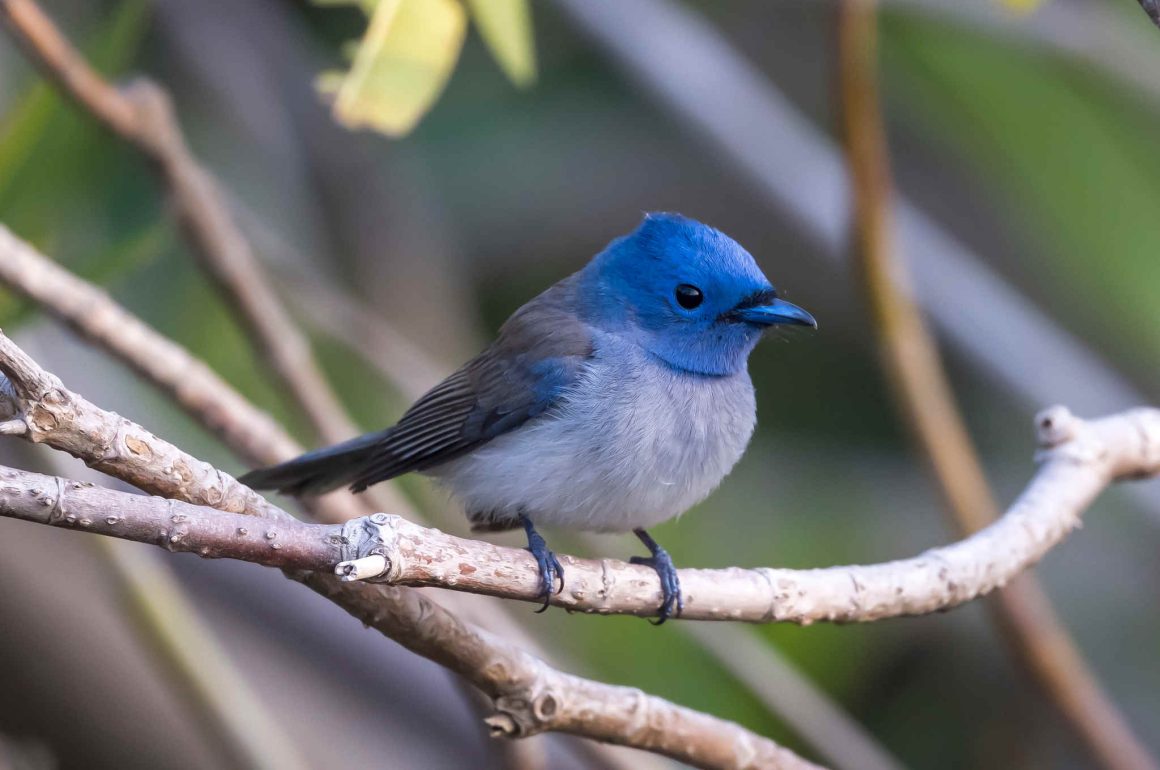
For birders in Shanghai, April is a month that starts slowly but then accelerates throughout the month as migration intensifies. In the first two weeks of the month, two of the most interesting birds I actually saw right in my compound – a reminder of the days of Covid birding, when this was the only option.
So, it was nice having my own neighborhood White’s Thrush …
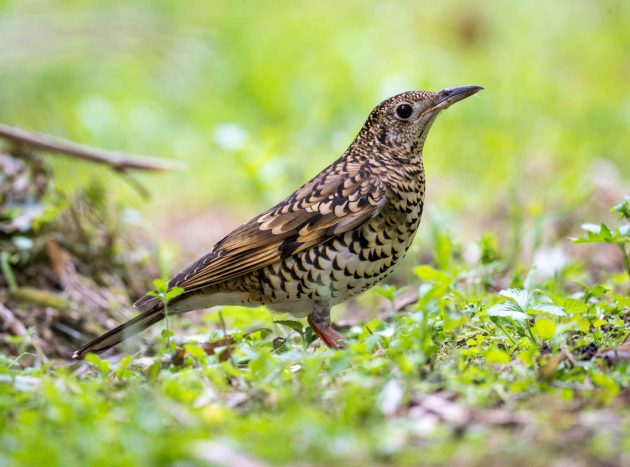

… as well as an Asian Stubtail.
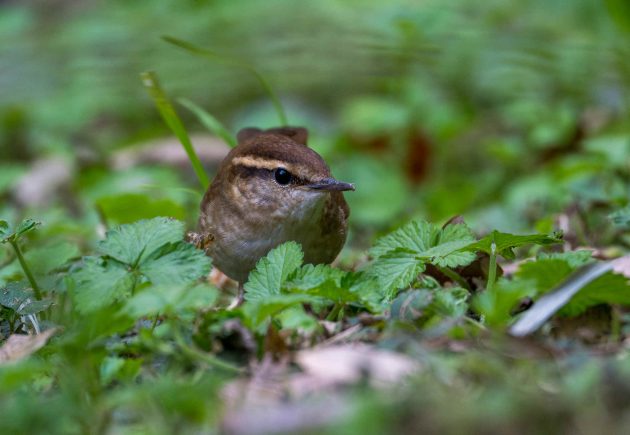

And I did not have to go anywhere other than outside of my apartment to see the rather attractive Red-billed Starling …
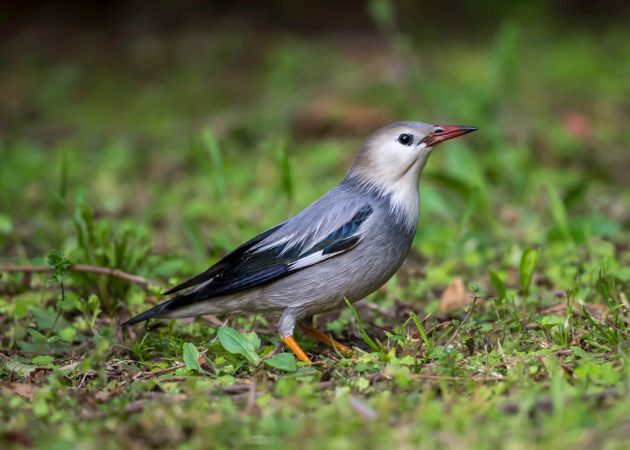
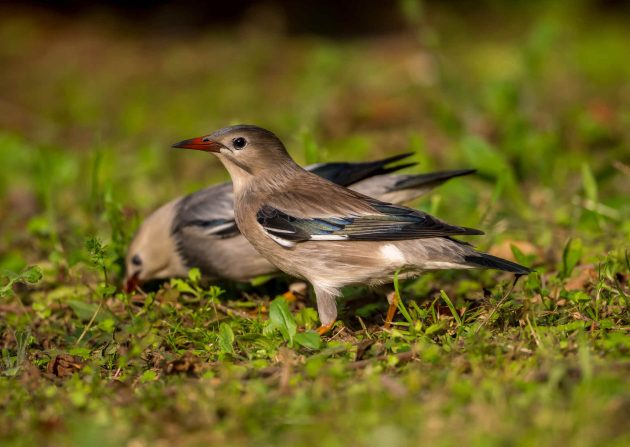
… and a breeding pair of Chinese Blackbirds, nesting somewhat precariously on the edge of an outside wall.

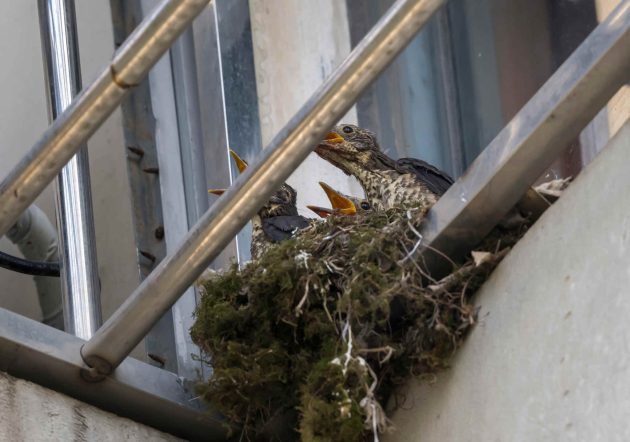
On Chongming Island, breeding already started for Common Pheasant …
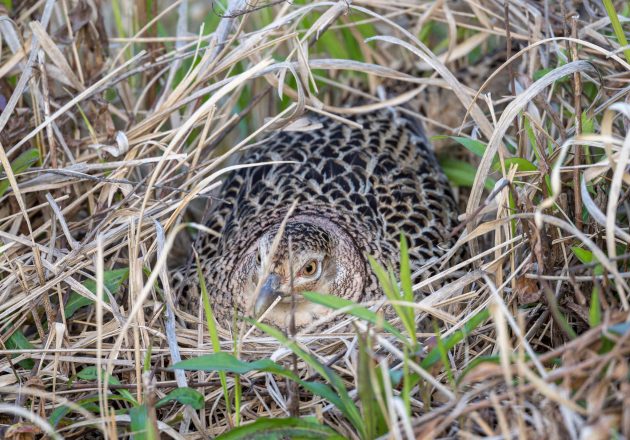
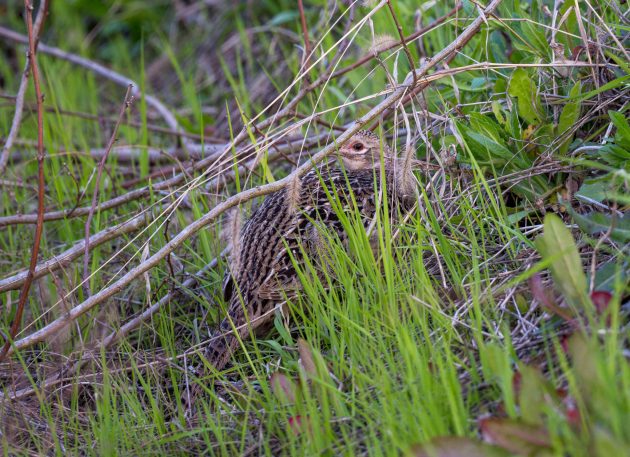
… and Grey-headed Lapwing.
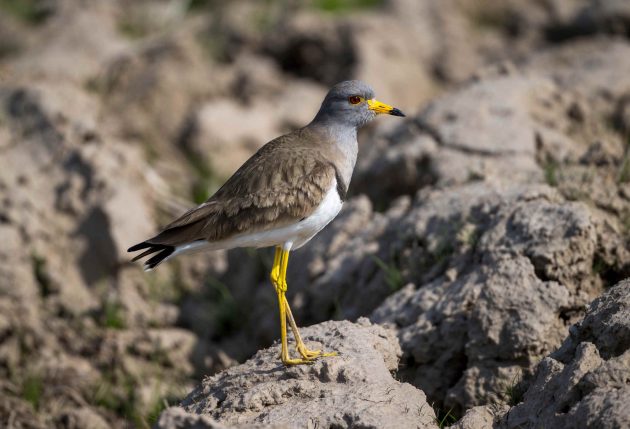

A few days into the month, Nanhui brought a surprising female Black-naped Monarch …


… and one of the nicer leaf warblers, the Sulphur-breasted Warbler, presumably an early migrant.

To quote one friend about this species: “It is my favorite warbler – besides its bright colors, the most important thing is that it is easy to ID”. Couldn’t agree more. I wish more of the other leaf warblers were similarly accommodating.
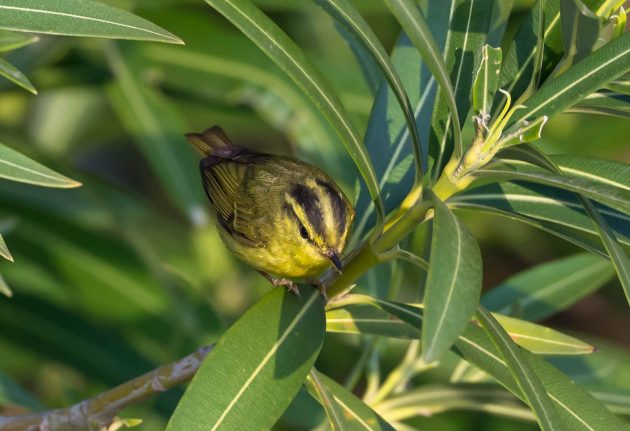
Around that time, the distinctive calls of the Manchurian Bush Warbler started to become common – a sound which does not necessarily guarantee seeing the species.
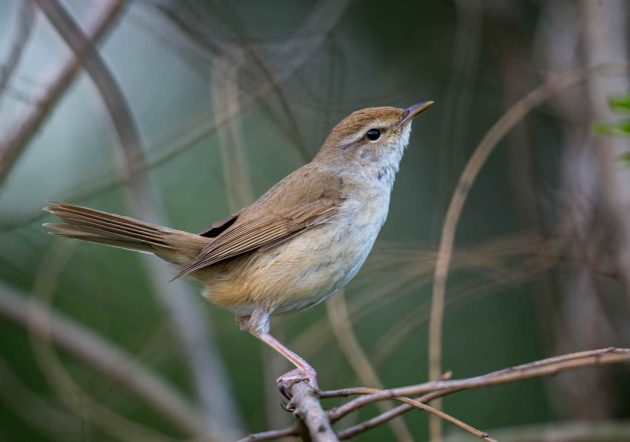
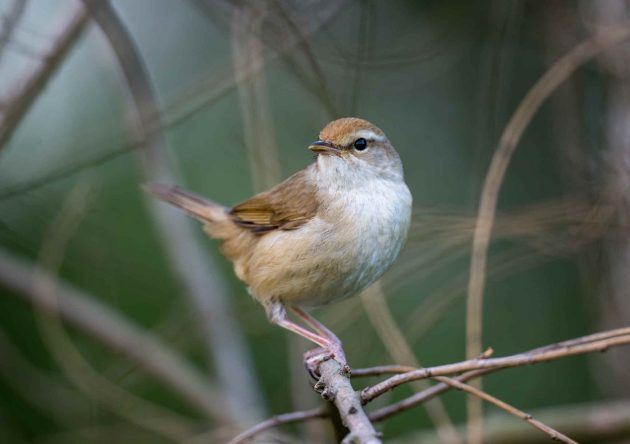
However, this first half of April was still dominated by sightings of birds wintering in Shanghai (or possibly a bit further south) – for example, Brambling, …

… Grey-backed Thrush …

… Dusky Thrush (whose scientific name Turdus eunomus, “well-ordered”, apparently refers to the nicely patterned plumage) …
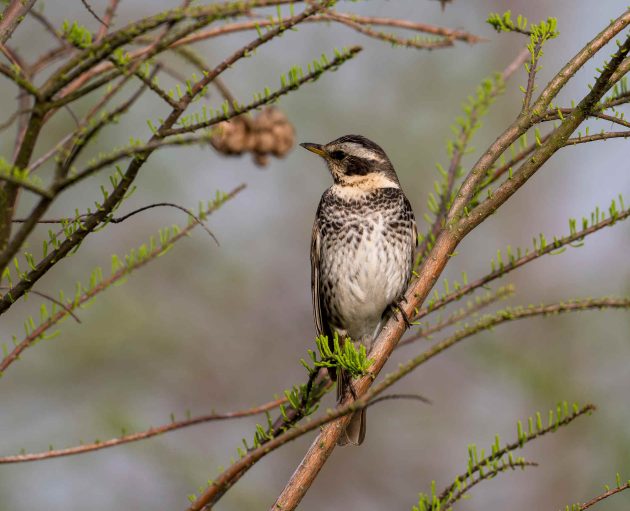
… Common Rosefinch …
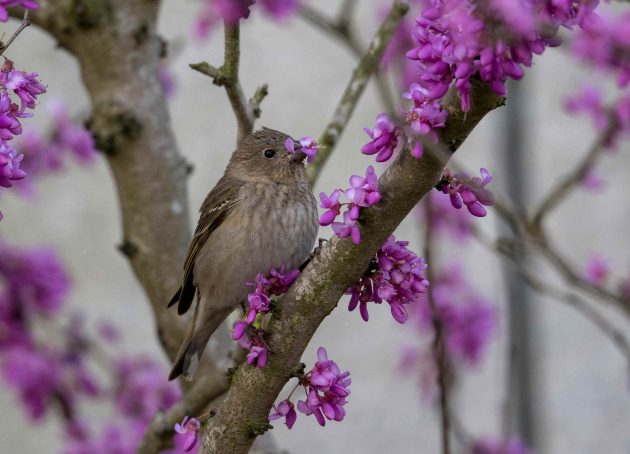
… Red-flanked Bluetail …

… Black-faced Bunting …
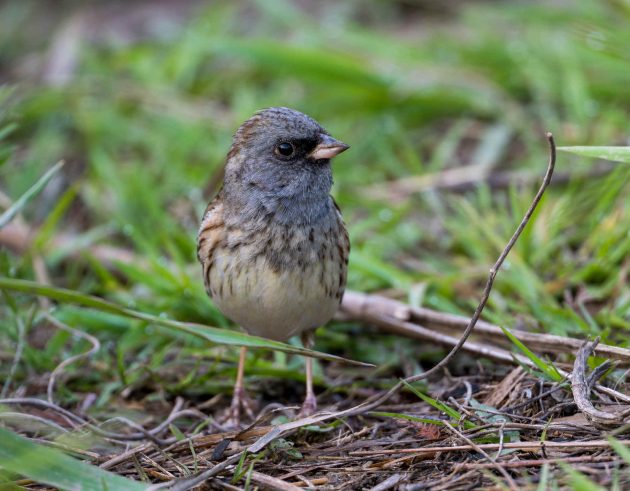
… and the splendid-looking Tristram’s Bunting …
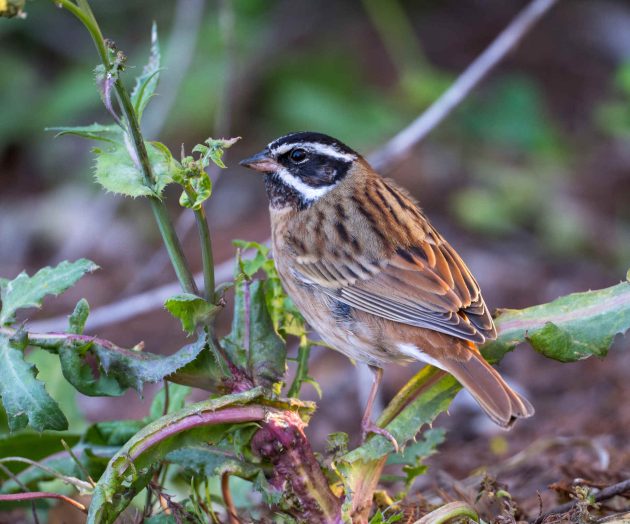
… as well as some attractive residents such as the Blue Rock Thrush …

… and the Reed Parrotbill.
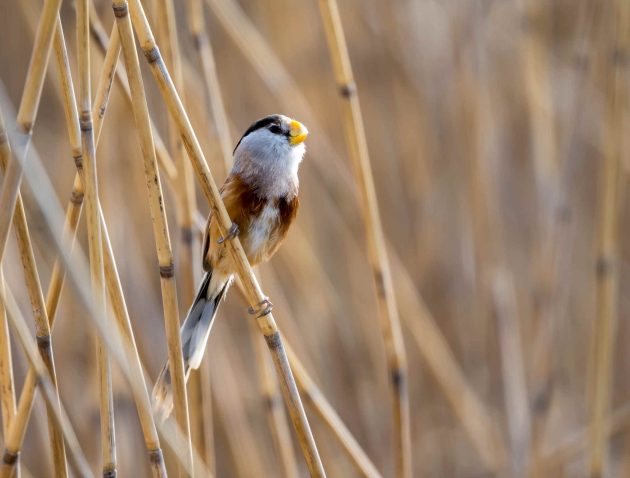
Then, on April 14, the first flycatchers – starting with Narcissus Flycatcher …
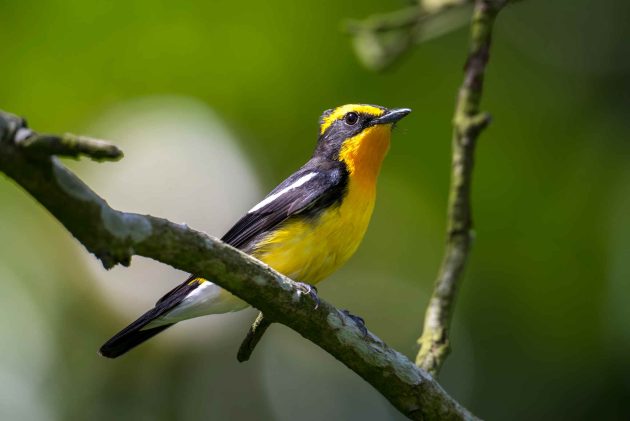
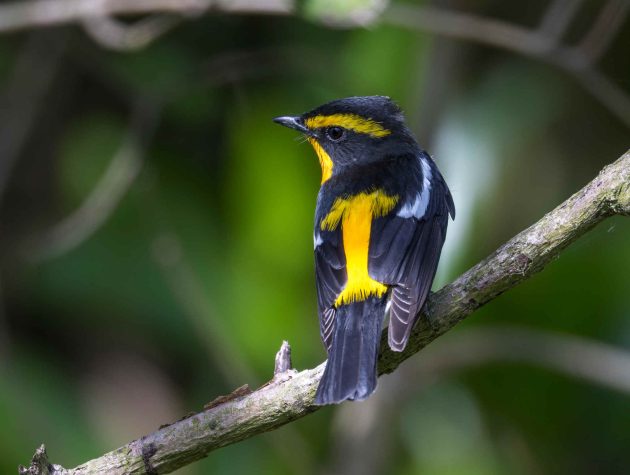
… and the less exciting Asian Brown Flycatcher …

… followed by a Blue-and-white Flycatcher (a personal favorite of mine) …


… Yellow-rumped Flycatcher …
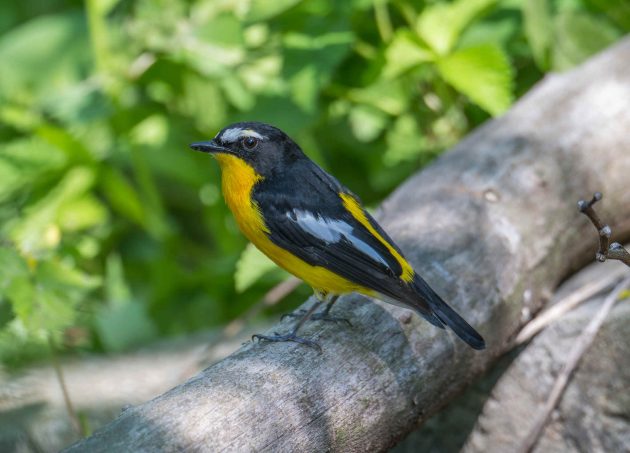
… and Ashy Minivet, a species with the well-justified scientific name Pericrocotus divaricatus (divaricatus means “spread out”, presumably referring to the lengthy tail).
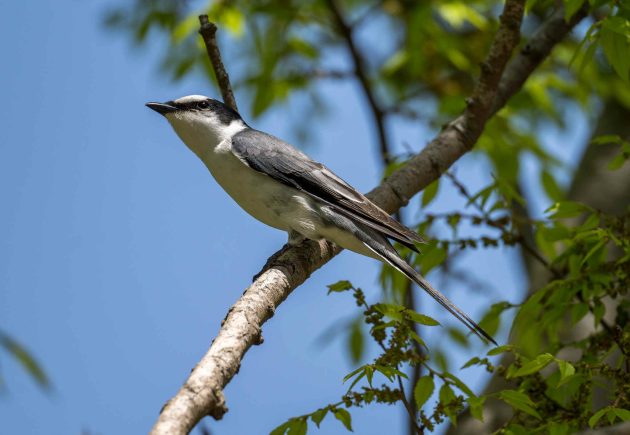
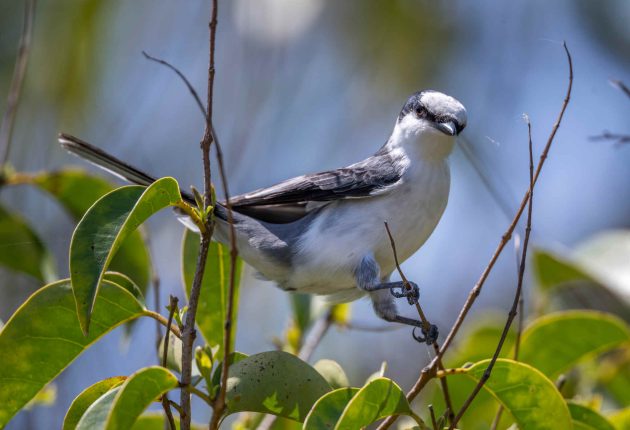
As for music, April brought a new single by Matt Berninger, Bonnet of Pins, which grows on you if you give it a few listens. But not even ChatGPT knows what the “tractor bones” are in the lyrics. On the other hand, as a description of a job, these cryptic lines work quite well, I think: “She takes photos of tractor bones/ And sells ’em to model luxury homes”. Sounds a bit like management consulting, if I am honest.
After the flycatchers, it is time for the robins – Siberian Blue Robin, competing with the flycatcher for the bluest bird of the month (the Nanhui equivalent of the employee of the month at McDonald’s) …
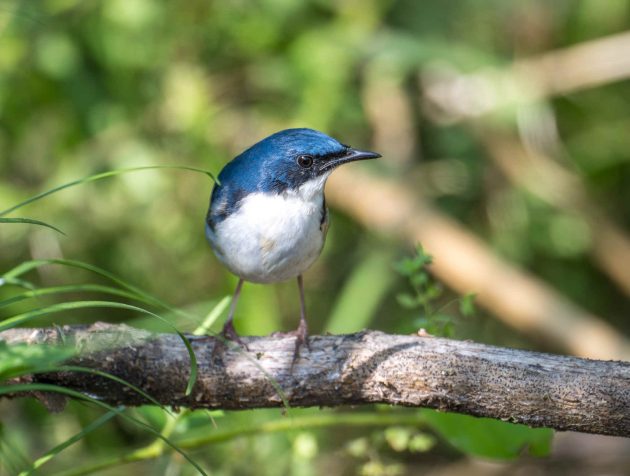
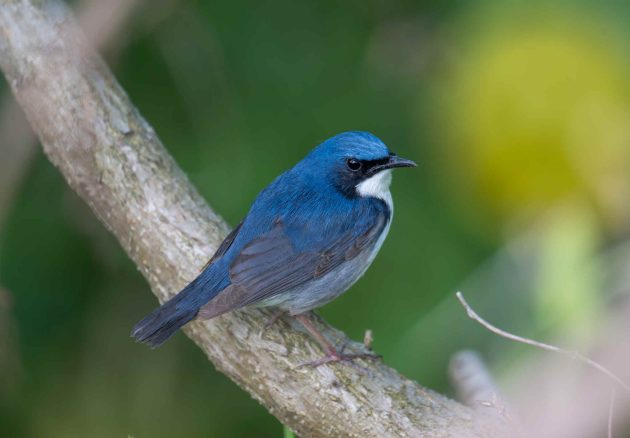
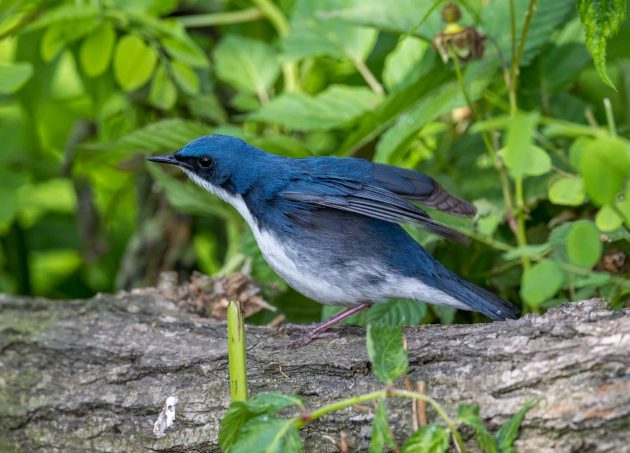
… and the Rufous-tailed Robin, a bit less attractive but with an interesting song. It is also reflected in its scientific name, Larvivora sibilans (“hissing/whistling caterpillar eater”).
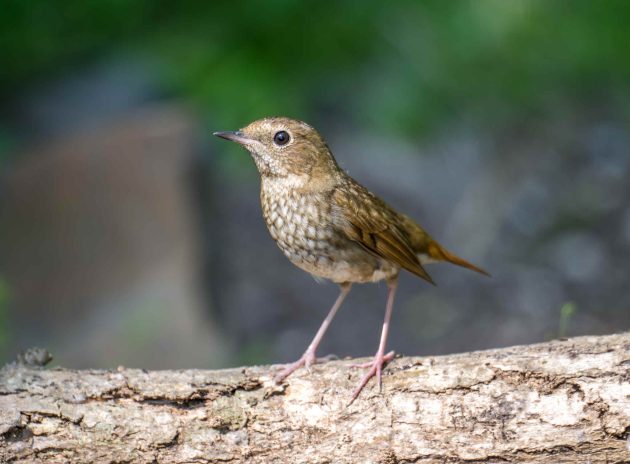
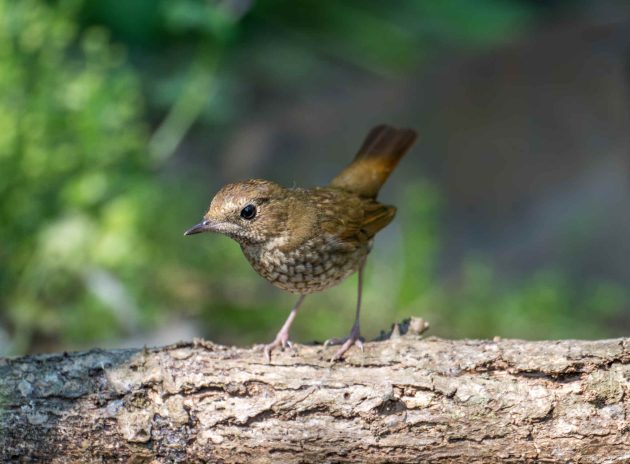
The number of Lesser Coucals seems to have declined – I guess they prefer marshland with a few trees to the newly built apartment complexes and industrial areas in Nanhui. The problem with not being a brood parasite despite being a cuckoo is that you need a decent living environment to bring up your chicks.
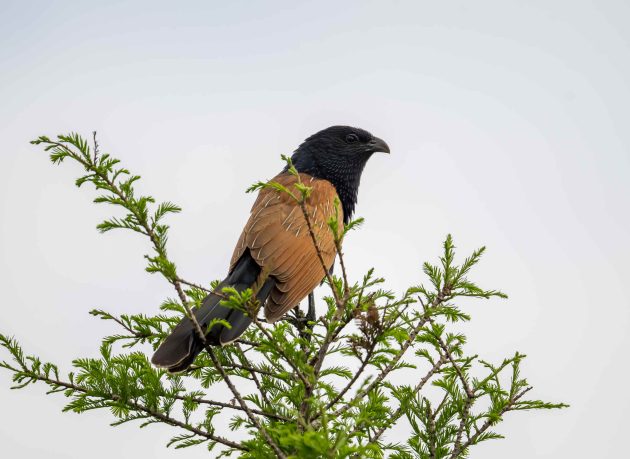
Azure-winged Magpies are a very common bird in urban Shanghai parks, but rarely make it out to the coast (they say the internet connections are too bad there) – but I saw a pair at Nanhui.
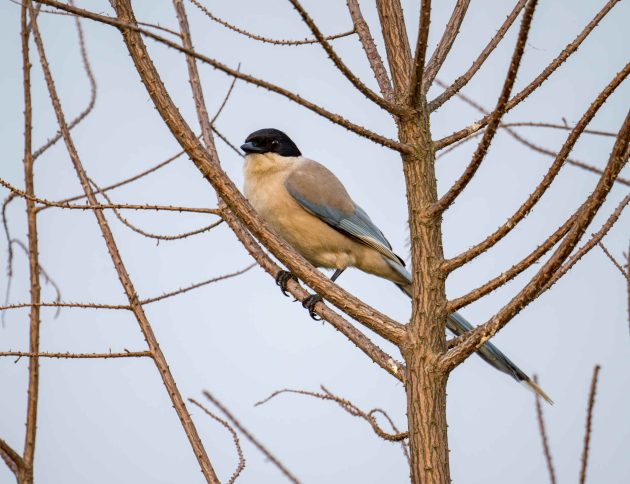
Semi-rarities of the month included a female Chestnut-cheeked Starling …
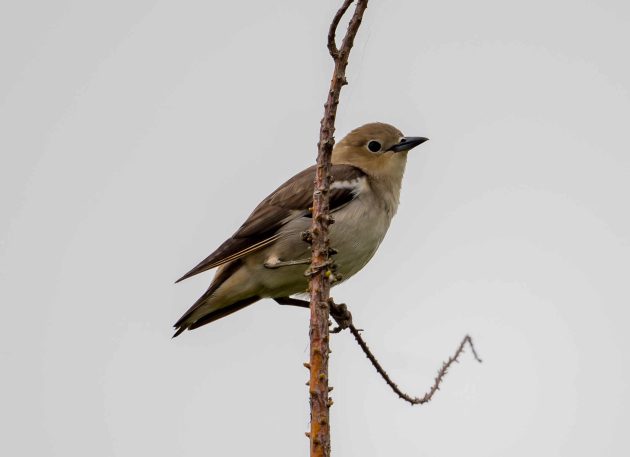
… a somewhat underwhelming Bluethroat …
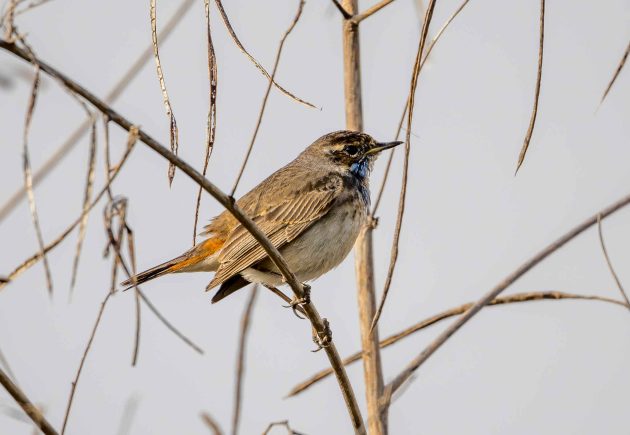
… a Eurasian Wryneck …
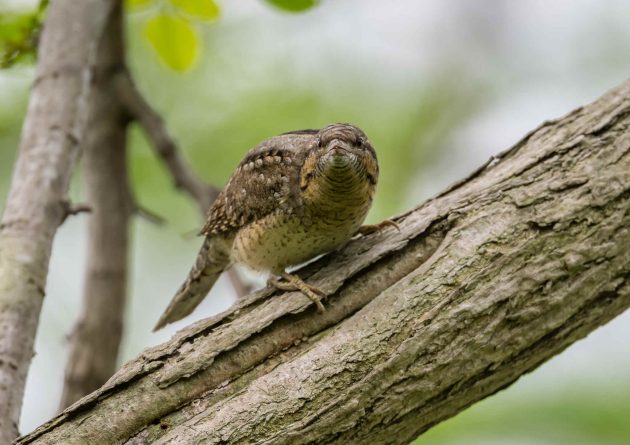
… a still misnamed Black Bulbul (white-headed morph) …
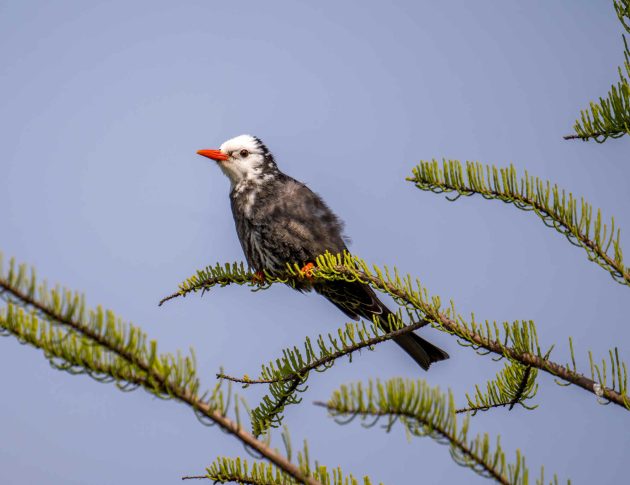
… and a Grey Treepie.

If you are wondering whether the Grey Treepie is really a bird, you might be interested in the result of a genome analysis of the species: “all genes [are] exhibiting typical avian gene arrangement”.


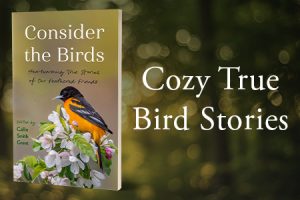

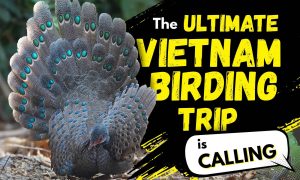
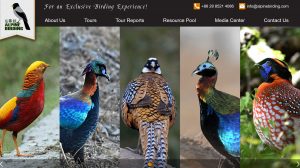
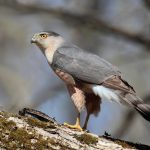
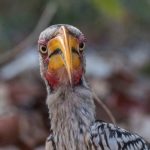
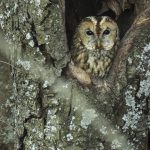
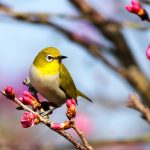


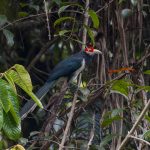
That’s a great variety of species, hope some of them make it further north!
I think your Red-billed Starlings are very attractive, indeed.
Wonderful photos! And some happy memories of Shanghai birding. Thank you, Kai